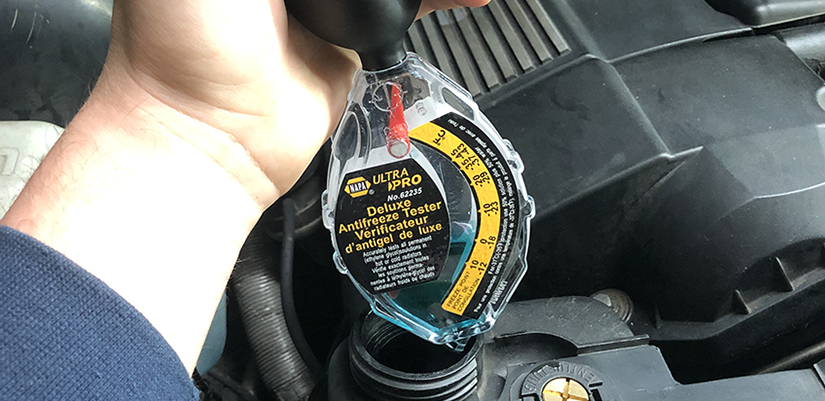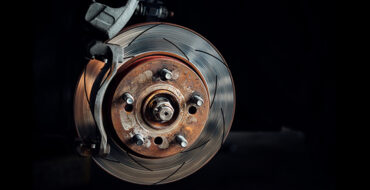Winter is by far the toughest season of all on our vehicles. Summer has its challenges, what with the occasionally excessive heat, but winter will exacerbate any potential weaknesses in your vehicle’s numerous components.
Short of making an appointment at your local shop for a pre-season inspection, there are plenty of steps you can take yourself. For the most part, giving your vehicle a visual once-over will allow you to detect any issues—possibly even some that are still in the early stages.

Winter inevitably means frigid temperatures and difficult driving conditions. We need to be prepared to face the worst because it’s coming whether we like it or not. Here are some of the most important elements to check before the first snowstorm hits:
1. Tires: As you may know, tires are the single most important feature on any vehicle. Badly worn or under-inflated tires will negatively affect performance and handling, extend stopping distances, and potentially even blow out, causing an accident. Before installing your winter or four-season tires, look them over (both the thread and the sidewalls). Any cuts, nails, uneven wear, or deformities may warrant a replacement.
2. Brakes and suspension: While the wheels are off your vehicle, visually inspect the struts and springs. Any signs of fluid or oil leaks indicate that the dampers are about to fail (if they haven’t already). Cracks or excessive rust on springs may indicate that they need to be replaced. Grooved disc brakes typically mean worn-out brake pads. Another indicator is pad backing plates that are extremely close to the disc, usually a result of markedly worn-out pad material. These scenarios generally mean that the brakes need to be serviced.

3. Belts and hoses: Once you’re done with the wheels and suspension, it’s time to open the hood. Here, too, a visual inspection could save the day, as any nicks, cuts, cracks, or fraying on the belts are possible signs that they’re on their way out. This applies to both serpentine and accessory belts. Leaks found near hoses are usually a tell-tale sign that they’ve failed or are about to fail. If they are hard or mushy (anywhere in between should be okay), they will need to be replaced.
4. Fluids (and oil): While checking the hoses, and with the engine cool or cold, remove the radiator cap to verify the level and quality of the coolant. You can do this using an antifreeze coolant tester. If you don’t have one, observe the appearance of the liquid, which should be uniform in colour. If it’s clouded or murky, something is off. The same applies to engine oil and brake fluids. Their colours should be light. If they are dark, they are contaminated and need to be replaced.

5. Battery: Batteries usually carry a date sticker that may indicate its in-service date. The rule of thumb is that a modern battery will last about five years. This can vary, but it’s relatively safe to assume that a battery that’s more than five years old will fail before long. If the battery can be serviced, make sure the acid levels are good, and clean the terminals at the same time to ensure an ideal connection. If you own a battery tester or multimeter, you can also quickly verify your battery’s charge. Anything below 12volts is a sign that something’s wrong.

6. Any illuminated dashboard lights: Your instrument cluster holds many indicators that may light up in the event the onboard computer detects a system error. In some cases, such as if the coolant temperature or oil pressure warning light were to come on, the first step is to check fluid levels. Another common one is the battery charging light. In this case, refer to point5 The TPMS (tire pressure monitoring system) indicator is one that will go on as temperatures drop. Simply verifying tire pressures and resetting the system will solve this one. For most other lights, including the check engine light (also called the malfunction indicator light), unless you own a scan tool, you’ll need to make a trip to your local shop if they turn on.
7. Finally, because nothing beats being prepared, consider keeping an emergency kit, a blanket or two, a foldable shovel, and a booster pack or cables on hand. You may even want to purchase a CAA membership if your car is no longer covered by roadside assistance. All of these will help limit winter driving stress.

Roadside Emergency Kit
74.78 $
Buy Now

Foldable Shovel 26.4 In
17.29 $ 11.99 $
Buy Now









